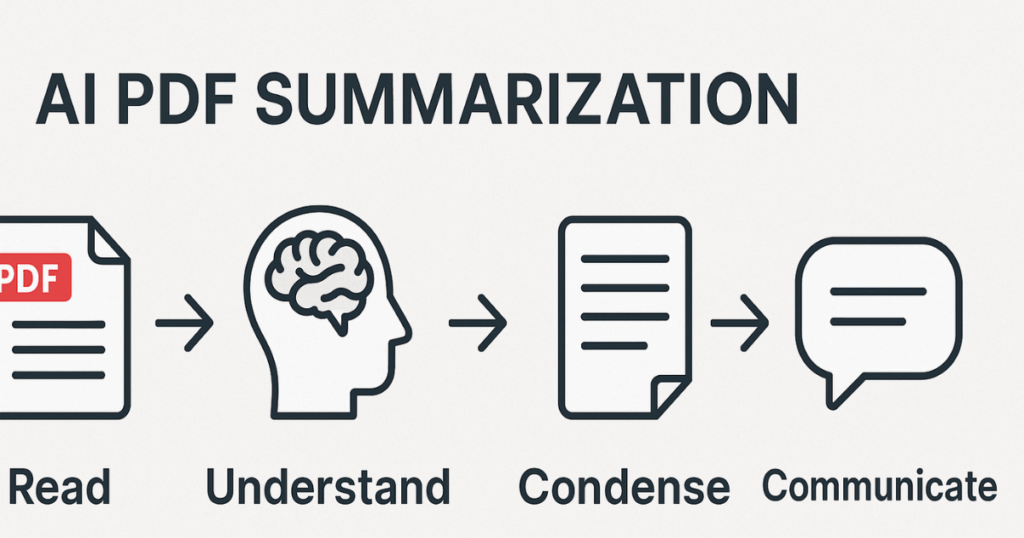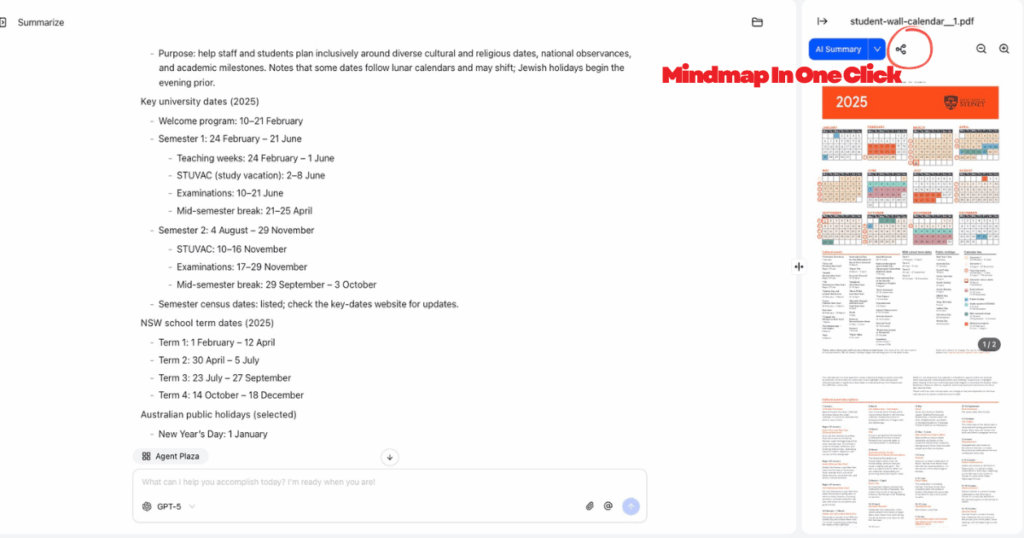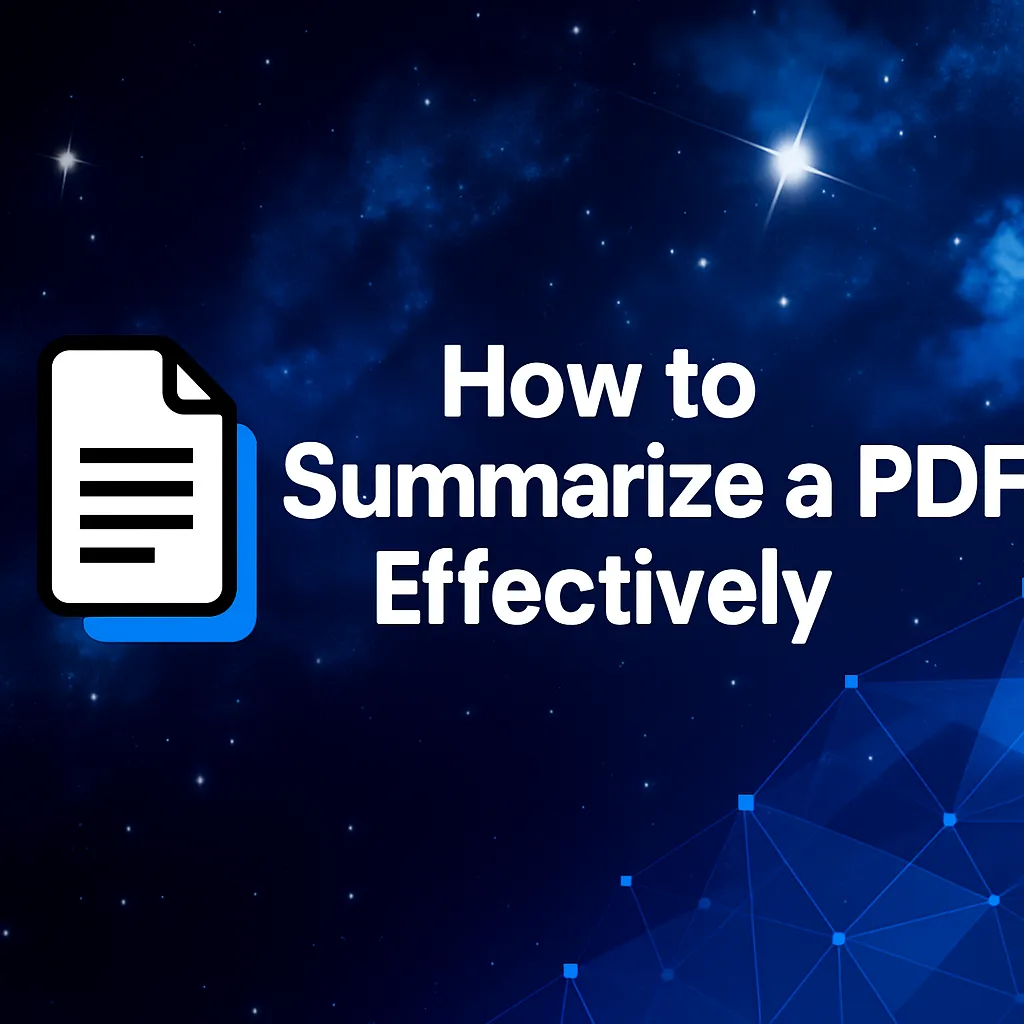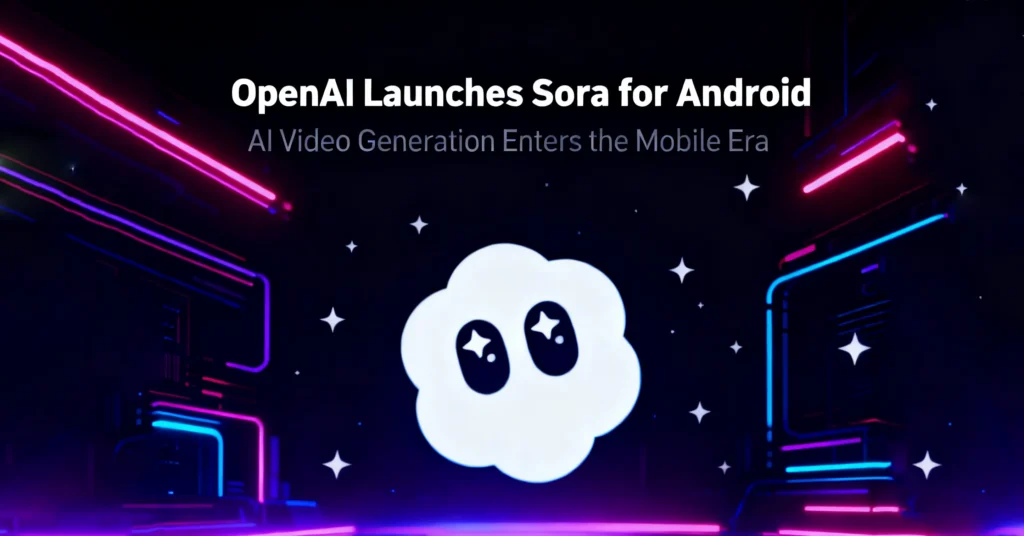Modern professionals face an overwhelming flood of PDF content — from research papers and client reports to technical manuals and financial statements.
We all need to stay informed, but manually filtering and digesting these files can drain valuable hours every week.
What if you could summarize a 100-page report in just minutes?
With AI-powered summarization tools, that’s no longer wishful thinking. You can instantly extract key insights, save time, and make smarter decisions.
In this guide, we’ll explain how AI PDF summarizers work and how アイウィーバーAI helps you turn any document into actionable knowledge.
How an AI PDF Summarizer Works
Simply think of it as your shortcut to understanding. An AI PDF サマリー reads, analyzes, and condenses information the way a human expert would — only much faster and with greater accuracy.
Here’s how it works behind the scenes:
-
- PDF Data Parsing: Converts PDF text or scanned images into structured data using OCR.
-
- Layout & Structure Detection: Rebuilds document logic by identifying headers, tables, and figures.
-
- Pre-Processing: Cleans and normalizes text through tokenization, lemmatization, and stop-word removal.
-
- Semantic Embedding: Transforms sentences into semantic vectors with models like BERT, RoBERTa, or GPT.
-
- Information Clustering: Groups similar ideas and ranks them by contextual importance.
-
- サマリー生成: Uses extractive (TextRank, BERTSum) or generative (T5, BART, GPT) models to produce concise summaries.
-
- Language Polishing: Ensures coherence and natural readability.
-
- キーワード抽出: Highlights key topics and recurring themes for quick scanning.


Why Summarizing PDFs with AI Is a Game-Changer
Efficient summarization isn’t just a productivity trick — it’s a competitive advantage. Professionals who can rapidly absorb and act on information stay ahead in any industry.
-
- Personal Productivity
Automate reading so you can focus on thinking. Cut hours of manual review down to minutes, and make faster, better-informed decisions.
-
- Deep Understanding
Go beyond surface-level skimming. Use AI summaries to grasp complex arguments, connect insights, and even visualize them as mind maps.
-
- Team Collaboration
Share concise, easy-to-digest summaries with your team to align everyone quickly — no more endless reading or context gaps.
-
- Accessibility Across Formats and Languages
Translate, summarize, and extract from scanned or foreign-language PDFs effortlessly, breaking both language and format barriers.
Summarize and Chat with Your PDF Using iWeaver AI
If you’ve ever wished you could talk to your documents — ask questions, get instant summaries, or convert them into mind maps — アイウィーバーAI makes that possible.
Below is how to upload a PDF document, obtain a summary, and even interact with specific sections:
ステップ1: Go to the “Chat with any content” section in iWeaver, upload your document, and click the 送信 button to start the PDF chat mode.

ステップ2:
-
- After uploading, you’ll see a split-screen display — the right side shows the PDF preview, and the left side shows the summarize results.
-
- If you want the AI summary to be more targeted and professional, click AI SUMMARIZE in the upper left corner of the left panel and choose the summary type, such as: ドキュメントサマライザー, 研究論文要約ツール, ブックサマライザー, 調査結果サマライザー, 財務レポートジェネレーター, Notes Generator.
ステップ3: Based on the generated summary content, if you prefer a more structured result, click the MindMap button at the top left of the left panel. iWeaver supports one-click conversion into a Mind Map, which you can export, modify, or expand according to your own understanding. For more mind map features, visit Mind Map Agent

ステップ4: If you have any questions about the article content or something you don’t understand — simply type it in. iWeaver AI will scan the PDF file within a few seconds. Need to understand a specific part of the document? Copy the content you’re interested in into the chat box and ask your question to have a deeper interaction with that section.
Tailored Strategies for Different Types of PDFs
Not all documents should be summarized the same way. Here’s how to approach four major types:
-
- Academic Papers: Focus on the Abstract, Methods, そして Results to grasp the core research and evidence chain.
-
- Legal Contracts: Identify definitions, obligations, そして termination clauses to highlight risks and responsibilities.
-
- Financial Reports: Extract key KPIs, management commentary, そして balance-sheet insights to understand performance at a glance.
-
- Technical Manuals: Use the table of contents, diagrams, そして spec sheets to quickly locate solutions and system functions.
Complex PDFs? Going Beyond Standard Document Types
In reality, not every document fits neatly into a category. Many PDFs are complex, mixed-format, or nonstandard — requiring a smarter approach to extract meaningful insights. Here’s how to handle these challenging cases:
-
- Multilingual Documents: When your PDF includes multiple languages, start by identifying which sections match your information needs. You can then use an AI translation layer to pre-process the content before summarization. With アイウィーバーAI, the system automatically detects language context and applies translation plus summarization, allowing you to break through language barriers and access global knowledge effortlessly.
-
- Image-Heavy Documents: Visual elements often are the summary. Focus on captions, titles, and surrounding explanatory text — these provide context for charts, diagrams, and infographics. iWeaver’s document parser recognizes embedded visuals and extracts key descriptive text, so you don’t miss critical information hidden in figures or illustrations.




